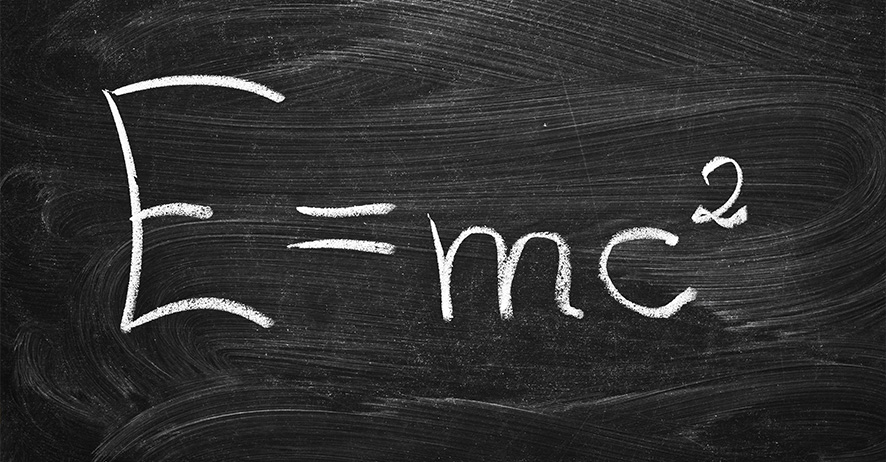Whether we understand it or not, E=MC2 is perhaps one of the most famous equations that catches everyone’s attention. What has this got to do with Digital? Well, though it may seem a bit contrived, I hope to establish the connection soon!
Even many in my generation know too well, how communicating with somebody over snail mail was. You write a letter; it takes a few days to reach, and the response comes to you in a week. From that to telegrams (what is that?), to land lines to emails to mobile phones, our expectations, regarding elapsed time before receiving a response changed dramatically.
In the field of advertising or content distribution, whether it be movies or stories or plain information, it started with consumers having to congregate in a central location (cinemas) to a single channel on television, a choice of channels, and soon, to a DVR, thus giving flexibility on choosing your time to watch. The millennials seldom want to do even that. The content is available on demand and is delivered to you over the internet when and where you want it.
It is the same with retail interactions, whether it be consumer products or banking. There was a time when the only way you could get any banking done was by visiting a branch. That has gone through an extensive transformation from phone banking to internet banking to mobile banking.
There are, I believe, two key trends that we need to keep in mind while designing any of these engagements. One, which all of us recognize, is that of instant gratification, anytime, anywhere. The second trend, which is less obvious, is the need for asynchronous modes of engagements.
Consider this, when it is so much easier to call someone from your mobile phone, why do most people prefer texting or instant messaging? The reason is the asynchronous and less invasive nature of this mode. I can send the text and get back to doing what I was doing while the recipient can answer at the pace that he or she deems is convenient. We all have gone through the experience of calling to a bank and being tied to the phone until the transaction is completed. It is pretty much a frustrating experience depending on how long it takes. On the other hand, if I can either text or chat with someone on the other end, I can come back to this transaction at my own pace and continue where I left off.
It is important for us to keep this in mind in our digital engagement with our customers, and I do recognize that many enterprises have already started adopting in their customer engagements. However, we are still lagging behind on having the same approach to our own enterprise applications, enabling our employees also to engage in the same way. For example, when the relationship manager from your bank or wealth management team is on the road, and he wants the latest status of his customer’s loan application, isn’t it easier for him to send a text with the name of his customer and #loanstatus to your backend system? He will have his answer by the time he reaches the customer. Why does he need to open his browser, log into your system and check the status? Such micro-engagements will really improve his or her productivity immensely.
A successful and easy ‘Engagement’ requires ‘Multi-Channel Communications’, E= MC2!! Like the equation, this is easier said than done. Our application architecture today is all geared to the traditional and standard forms of content consumption, which is open your browser and ask for information. The standard three-tier architecture served this purpose well. The micro engagements that is multi-channel capable, whether it be via a digital assistant, like a Siri or Cortina or text messaging requires us to rethink how our services are built, how our systems are architected, and how our UX designers are thinking about it.

